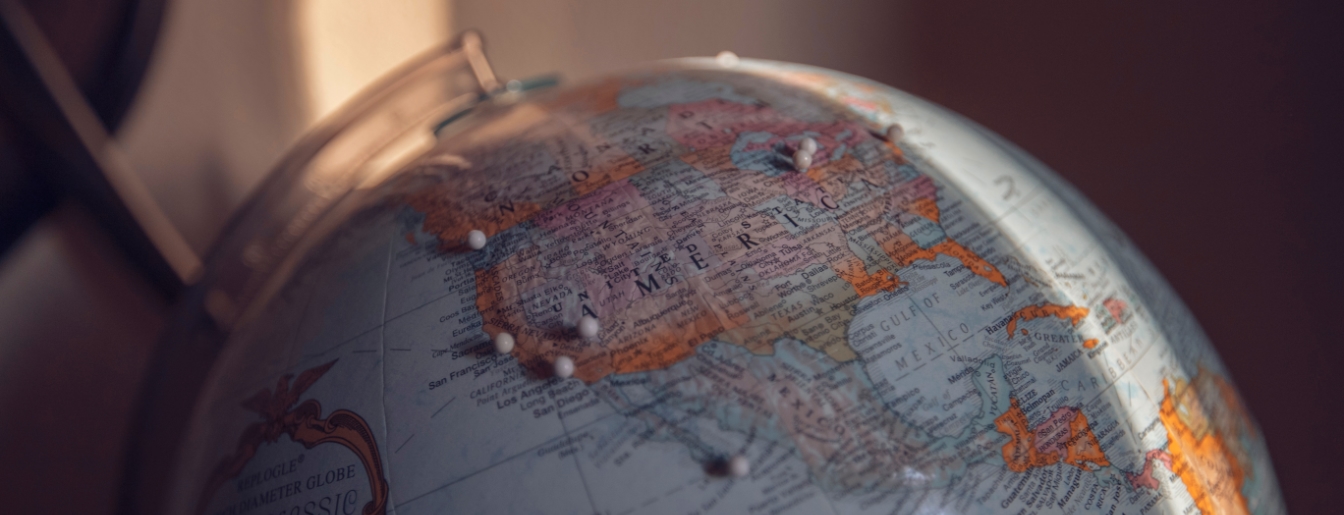The United States is One of the Oldest Countries in the World
September 15, 2019

“Hey yo, I’m just like my country, // I’m young, scrappy, and hungry,” begins the song My Shot from the musical Hamilton. The image of the United States as a new, young nation independent from the empires of old is one reflected in both history and the present day: the history books tells us that the US is part of the “New World” that was “discovered” by Europeans in the modern era, and every year Americans celebrate their country’s birthday on the Fourth of July. However, when we consider the radical political change in the rest of the world since 1776 a different narrative emerges.
We begin by adopting and adapting the American definition: a nation began when it most recently adopted a new constitution or a law that declared a new nation, independence, or substantially different government. Ironically, this shifts the establishment of the US to 1787, when the constitution was ratified. Nevertheless, this definition places the US as the fifth oldest nation in the world, after the Vatican (1274), San Marino (1600), Morocco (1631), and Oman (1749).
This definition is far from perfect. The first problem is that nations are often established or re-established in homage to older nations. The modern Republic of France is politically divergent from the Kingdom of France1 yet they still occupy a similar territory, share the same name, and speak (roughly) the same language. Often when nations gain independence they revert to their pre-colonial borders and names, but with forms of government very distinct from colonial or imperial rule. The introduction of a formal constitution isn’t necessarily an indicator of a new nation: many just codify existing norms.
However, it isn’t necessarily wise to ignore governmental changes, because we would might miss the big gradual evolutions: the Roman Empire began in Rome in 27 BC, but the Byzantine Empire, one of its later forms, ended with the Fall of Constantinople in 1453 AD over 1,000km away. States are perhaps the biggest examples of the Ship of Theseus.
If we relax the definition of the establishment to most recent acquisition of independence or sovereignty the results remain similar: the US is the tenth eldest country.2 Even if we switch to first acquisition of sovereignty the US places 57th, which is still in the eldest third of countries.

The data are unsurprising when we consider events since the 18th century. The United Kingdom comprised separate kingdoms until 1707, and consequently any country that was not recognised as sovereign, but later gained independence from the British Empire later is newer. Plenty more countries formed during France and Spain’s decolonisation. The end of the imperial age affected the age of almost every country in the Southern Hemisphere from the early 19th century onwards. Eurasian sovereignty evolved radically over the 20th century as countries were absorbed into the Soviet Union, yet mutated once more before the close of the century with the bloc’s collapse. Simply put, US longevity depends on an early imperial exit and a distaste for communism.
An alternative definition would be to consider when the colloquial name of a country changes. This is a helpful proxy for countries established before constitutions were en vogue but language evolution is a hindrance: England is not necessarily a distinct country from the (rather charming) Old English Englaland. Languages and nations evolve asynchronously. It would be unreasonable to fix the definition to a particular language; using English would just reflect the international politics of the Anglosphere.
Ultimately, regardless of the path we take, any attempt to unambiguously define how countries are established will see the US in at least in the older half of nations. This is primarily the result of decolonisation in the mid-to-late twentieth century and the later collapse of the Soviet Union: until many countries left these supranational blocs they didn’t necessarily fit our modern definition of a nation. It is perhaps also a testament to the influence of the US’s Constitution (and in turn the Magna Carta, amongst other documents) that the US has fit within the modern definition of a nation for so long, and that so many countries modelled their governments after the US.
Since the late eighteenth century, France has been a kingdom, a republic (1792), an empire (1804), a kingdom (1814), a monarchy (1830), a republic (1848), an empire (1852), a republic (1870), an occupied territory with a republican government in exile (1940), a provisional republic (1944), a republic (1946), and finally a revised republic (1958).↩︎
In order: Portugal (1139), San Marino (1503), Spain (1516), Sweden (1523), Morocco (1631), Bhutan (1634), Liechtenstein (1719), Oman (1743), and Nepal (1768).↩︎